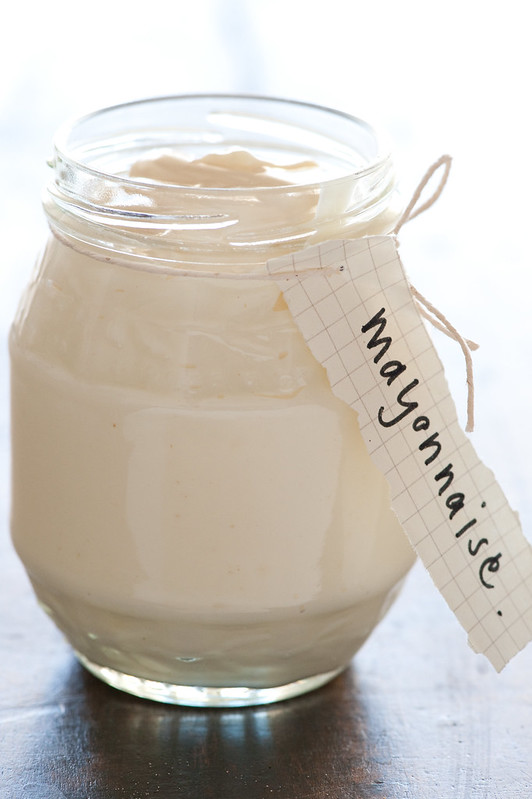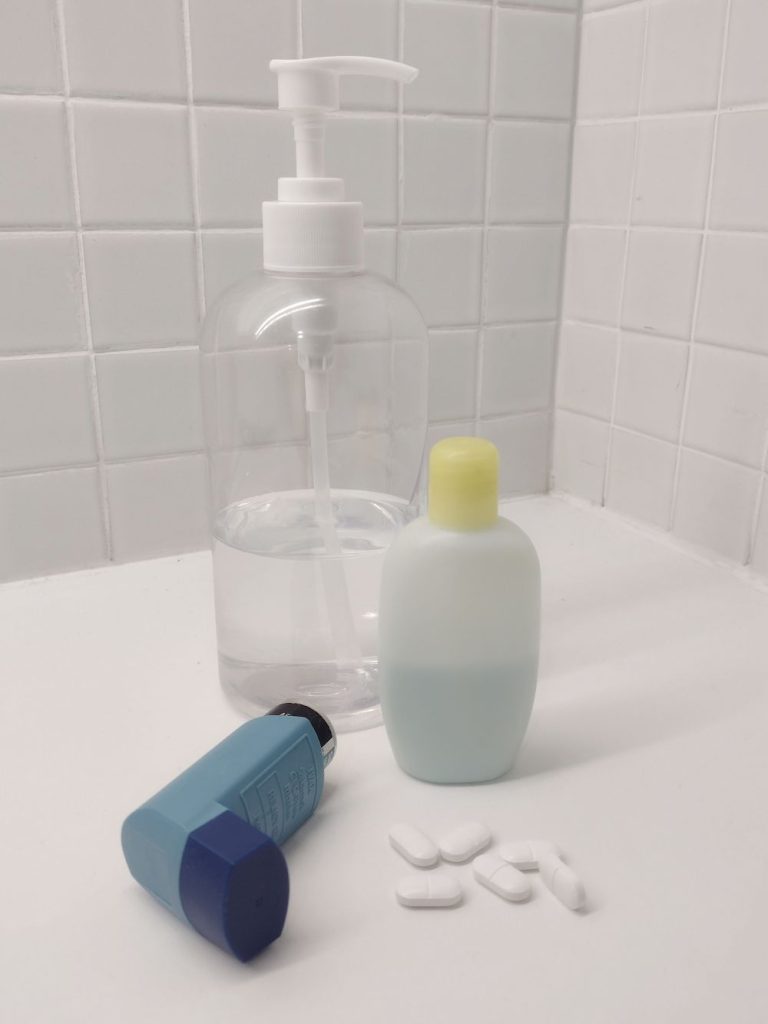Or vaccines, or paint, or glue, or perfume, or dishwasher tablets… What do all these products have in common? The answer is they’re all formulations: complex mixtures of substances which all contribute to how the final product works.
Mayonnaise contains mostly eggs, oil and flavourings. But most brands also contain antioxidants and preservatives, which contribute to giving the product a long shelf life.

Dishwasher tablets contain surfactants (which do the washing). However they also probably contain colouring agents, binding agents, scent and anti-corrosion agents.
Pharmaceutical products contain the active ingredient which treats the health condition. And they contain also other substances to increase bioavailability, improve storage, bulk up the product or make it more pleasant (perhaps I should say less unpleasant?) to take.
For hair gel, the active ingredients are polymers, which stick the hair together. These are contained in a mixture of water for bulk, emulsifiers to stop the water and polymers separating, thickeners, fragrance and preservatives.
These complex mixtures are everywhere in modern life. We use them to stay healthy, dry, warm, fed, clean and lookin’ good 😉
Training formulation scientists
Formulations are developed by chemists who specialise in creating these mixtures. Only a few universities in the UK teach formulations chemistry. So there is a constant demand for graduates with this training.

Formulation scientists combine information from many branches of chemistry and engineering to make their products. This might include understanding:
- colloids, which are mixtures of two or more substances mixed together but not chemically combined, like jelly, whipped cream or aerosols.
- crystallisation and crystallography ,
- rheology, which is how substances deform and flow under pressure,
- and many more themes…
Formulation scientists have to balance the performance of the product, the processes of the manufacturer, and the science of the materials.
IMSE has been collaborating with the University of Leeds to develop a programme of PhD training for formulations. This is going to focus on making formulations more sustainable and adapted to a changing climate.